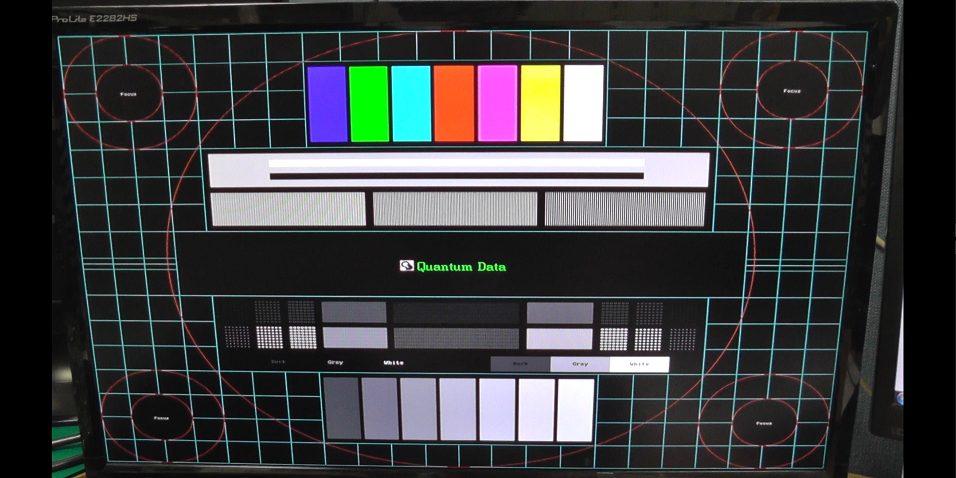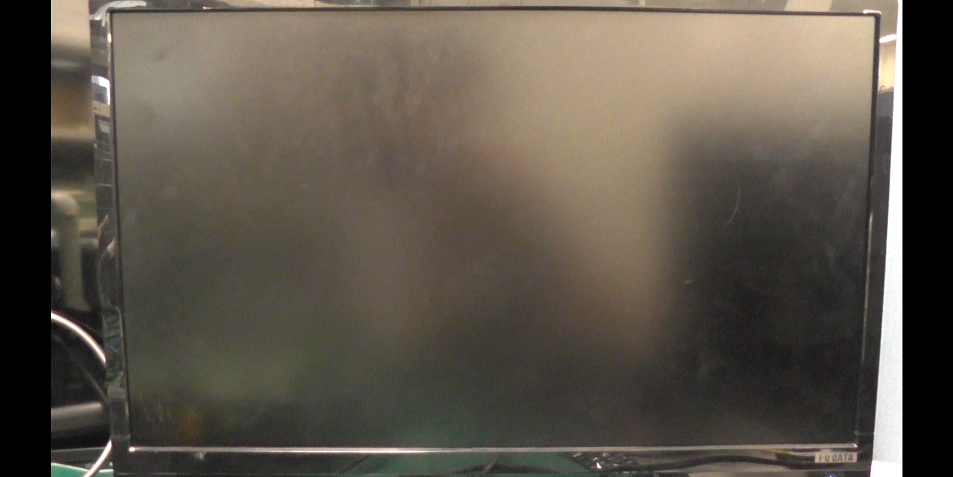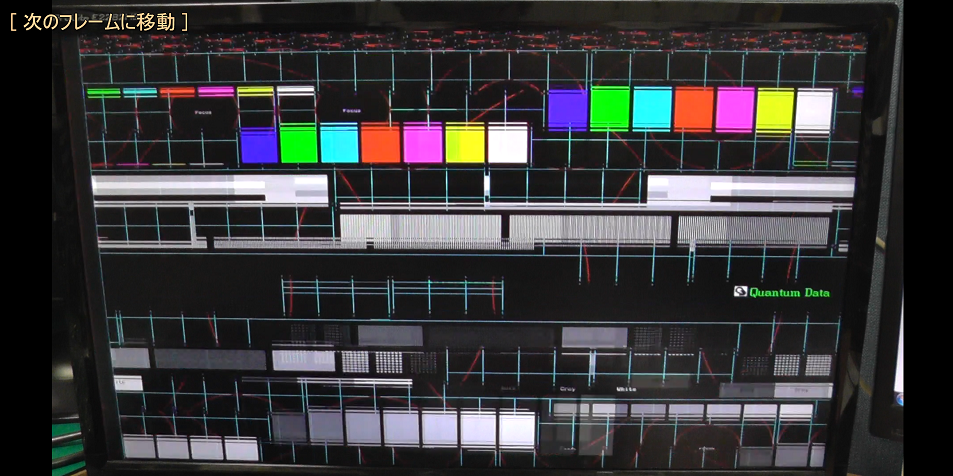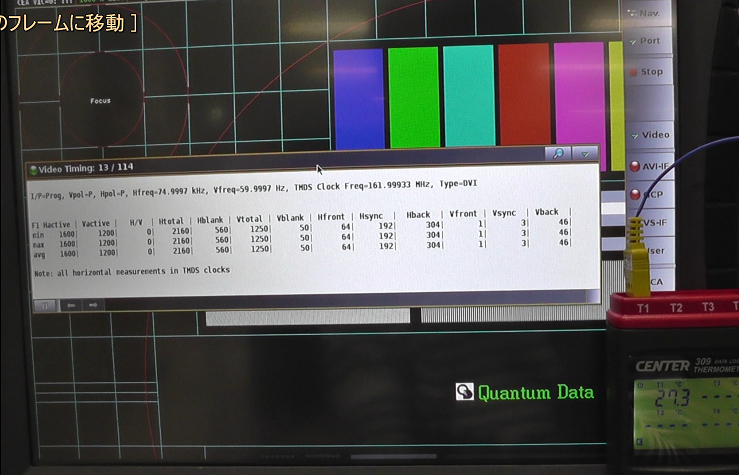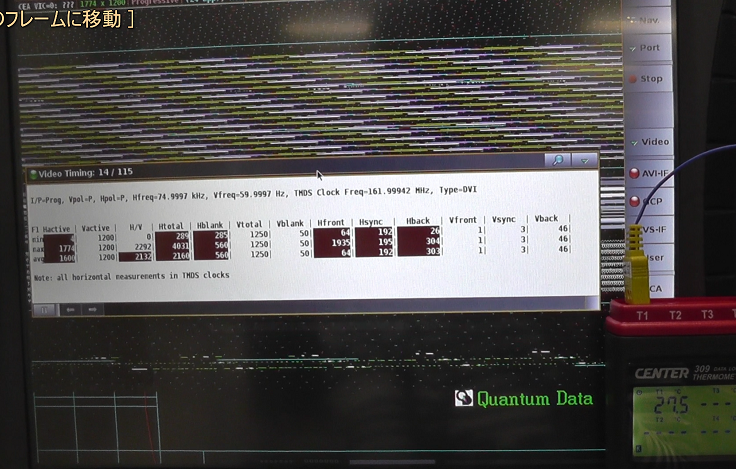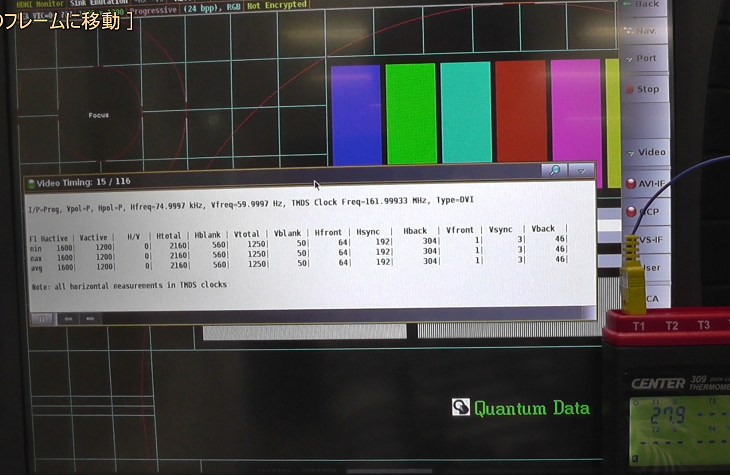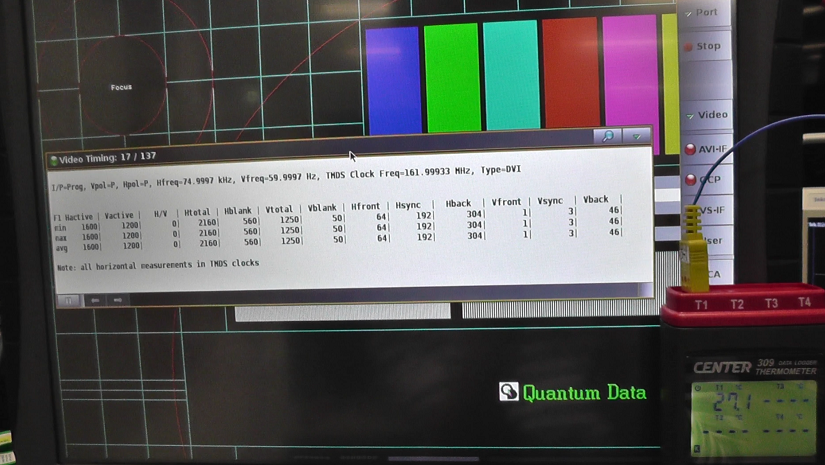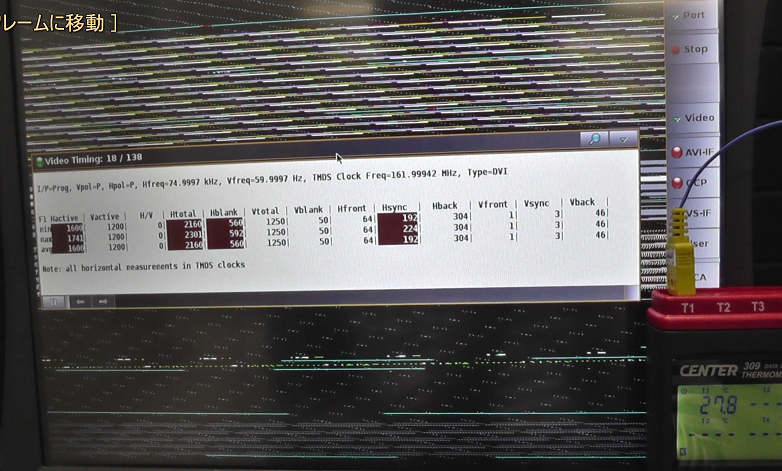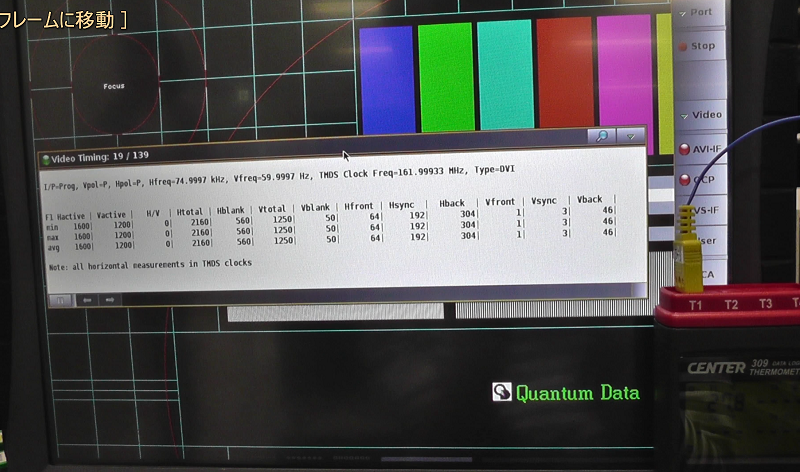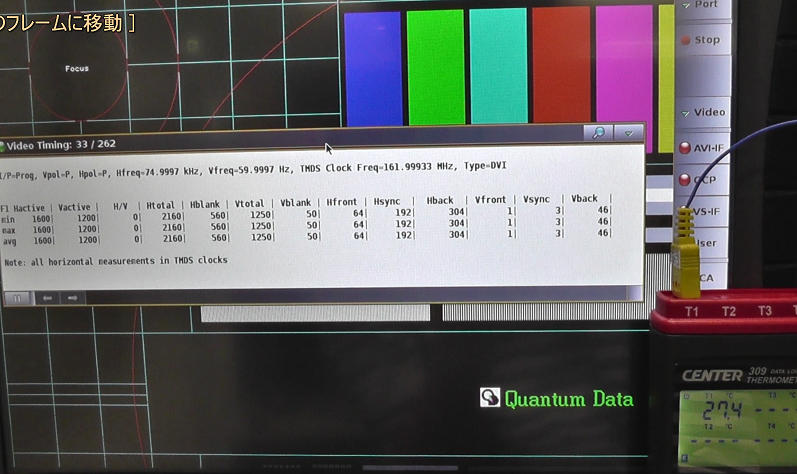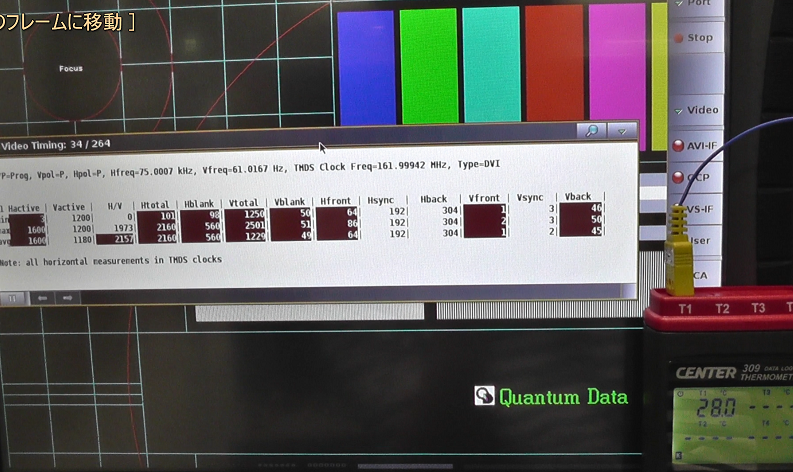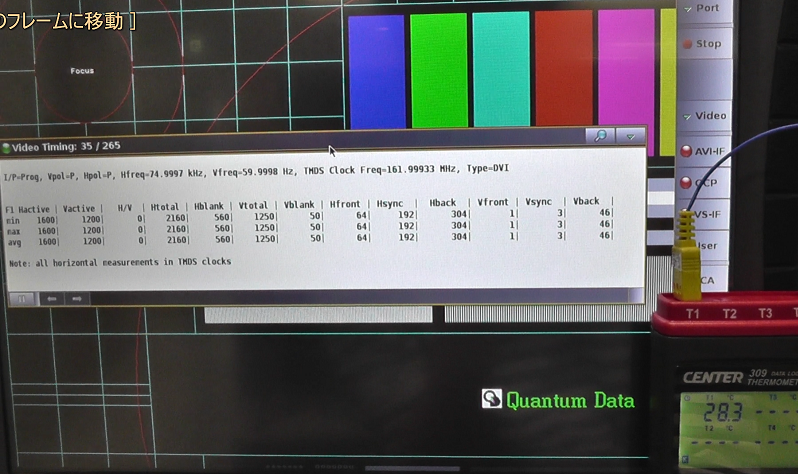Other Parts Discussed in Thread: TFP401,
It blinks when the chip case passes a certain temperature.
After turning on the power, once the chip case has passed a certain temperature, it flashes once.
It is cooled again and does not blink when the chip case passes a certain temperature.
The blinking is only 1 degree after turning on the power.
It does not occur in 1080p.
Although the specific temperature varies depending on individuals, the temperature at which the phenomenon occurs by the same individual is the same.
1600x1200 60Hz -> TFP401 -> TFP410 -> 1600x1200 60Hz
TFP410 :
ISEL: Low (I2C off)
BSEL: Hi (24-bit Single-edge)
DSEL: Low ((VREF = DVDD), DSEL is a don’t care)
EDGE: Hi (Rising edge)
DKEN: Low (Skew disabled, but driving this high causes no change)
DK1-3: Floating
VREF: Hi (VDD = 3.3V) Same VDD as the video source logic outputs
TFP401 :
OCK_INV: Hi (rising edge)
PIXS: Low ( 1-pixel/clock)
DFO: Low (ODCK runs continuously)
STAG: Hi (Normal simultaneous even/odd pixel output)
ST: Hi (: High drive strength)


